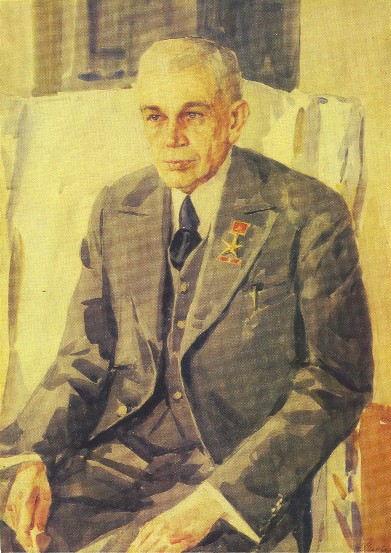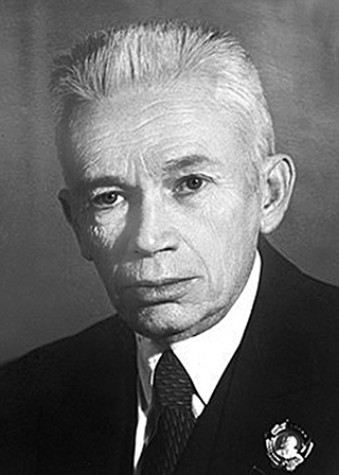Bohomolets, Oleksander
Bohomolets, Oleksander [Богомолець, Олександер; Bohomolec'], b 24 May 1881 in Kyiv, d 19 July 1946 in Kyiv. Prominent pathophysiologist and scientific administrator, full member of the Academy of Sciences of the Ukrainian SSR from 1929 and its president in 1930–46, full member of the Academy of Sciences of the USSR from 1932 and its vice-president from 1942, full member of the Academy of Medical Sciences of the USSR from 1944, full member of the Academy of Sciences of the Belorussian SSR from 1939, and honorary member of the Academy of Sciences of the Georgian SSR from 1944. Bohomolets graduated from the medical faculty of Odesa University in 1906 and worked as a lecturer there. In 1911–25 he served as professor at Saratov University in Russia and in 1925–31 as professor of pathophysiology at Moscow University; he was also director of the Institute of Hematology and Transfusion in Moscow (1928–31). In 1931 he moved to Kyiv, where he founded the Institute of Experimental Biology and Pathology of the People's Commissariat of Health of the Ukrainian SSR and the Institute of Clinical Physiology of the Academy of Sciences of the Ukrainian SSR (in 1953 the O. Bohomolets Institute of Physiology of the Academy of Sciences of the Ukrainian SSR was formed out of these two institutes).
Bohomolets was the founder of a large school of pathophysiologists who worked on the problems of general pathophysiology, endocrinology, the autonomic nervous system, the theory of constitution and diathesis, metabolism, immunity, shock, allergy, oncology, blood transfusion, the physiology and pathology of connective tissue, longevity, and other areas. He developed the hypothesis that the course of a disease and recovery depend not only on the causal agent, but also on the resistance of the organism, which depends primarily on the condition of the nervous system and the connective tissue. He demonstrated that connective tissue has a protective function in the organism and plays a role in its nourishment. He discovered an effective method of changing the condition of connective tissue by means of the antireticular cytotoxic serum, a stimulant discovered by him which gained him worldwide fame. Bohomolets wrote many works in biology, physiology, and pathology, among them the textbook Osnovy patolohichnoï fiziolohiï (Foundations of Pathological Physiology, 2 vols, 1933–6), which he co-authored, Vstup do nauky pro konstytutsiiu i diatezy (Introduction to the Science of the Constitution and Diathesis), Kryza endokrynolohiï (The Crisis in Endocrinology), Pro vegetatyvni tsentry obminu (On Vegetative Exchange Centers), and Prodovzhennia zhyttia (The Prolongation of Life, Kyiv 1940). His selected works were published in Kyiv in 1969.
BIBLIOGRAPHY
Kavetskii, R. ‘Posleslovie,’ in Bogomolets, A. Izbrannye trudy, 3 vols (Kyiv 1958)
Nichyk, V. Filosofs'ki osnovy naukovykh prats' O.O. Bohomol'tsia (Kyiv 1958)
Syrotynin, M. Oleksandr Oleksandrovych Bohomolets' (Kyiv 1959)
Pitsyk, N. Oleksandr Oleksandrovych Bohomolets' (Kyiv 1971)
Heinrich Schultz
[This article originally appeared in the Encyclopedia of Ukraine, vol. 1 (1984).]


